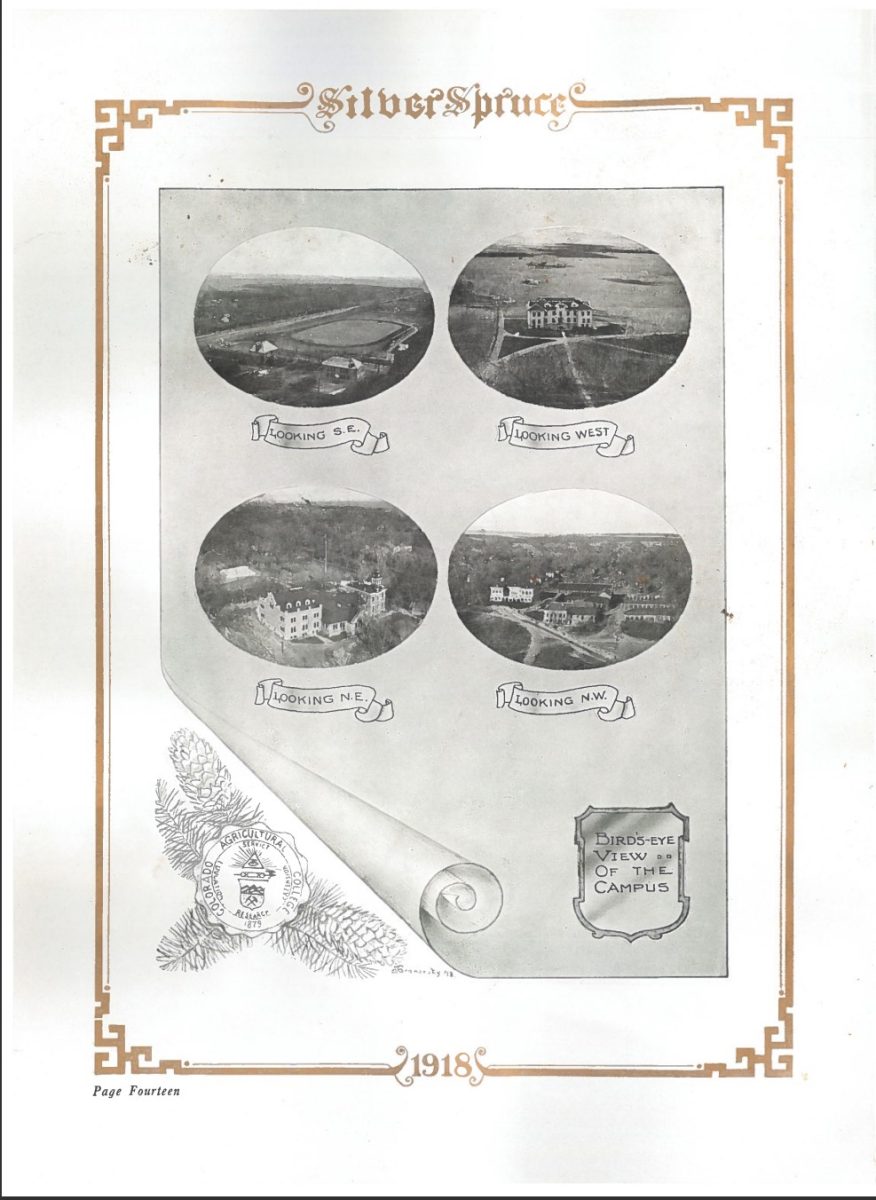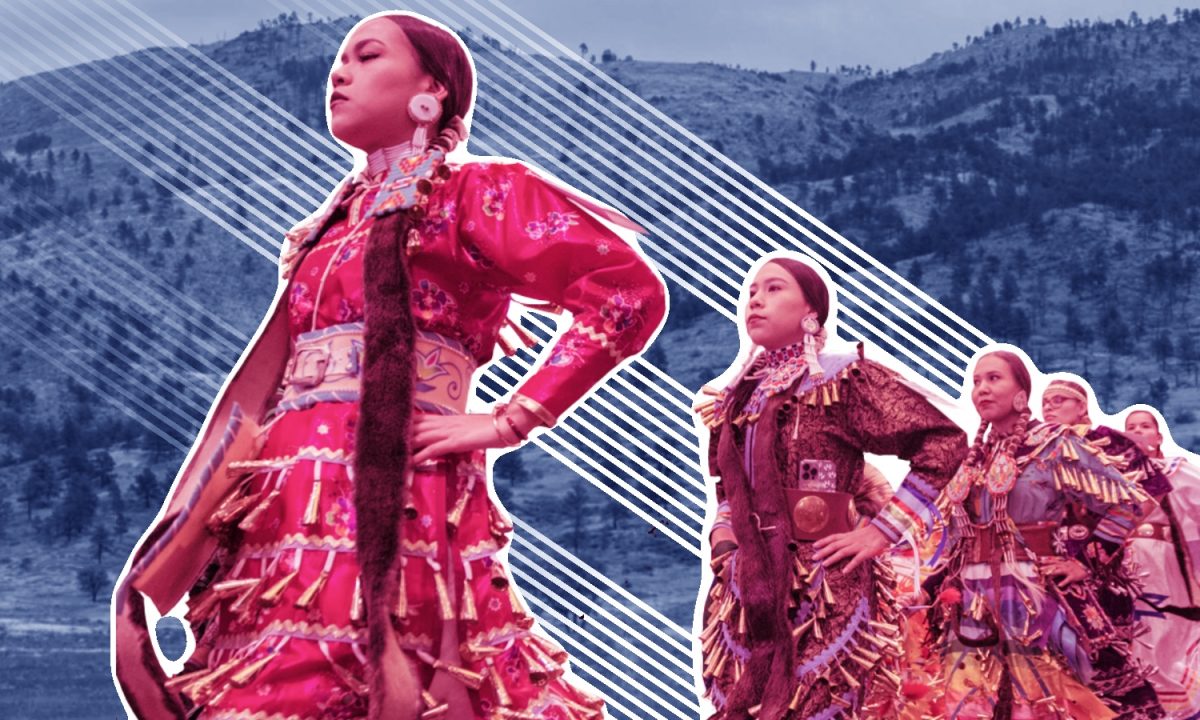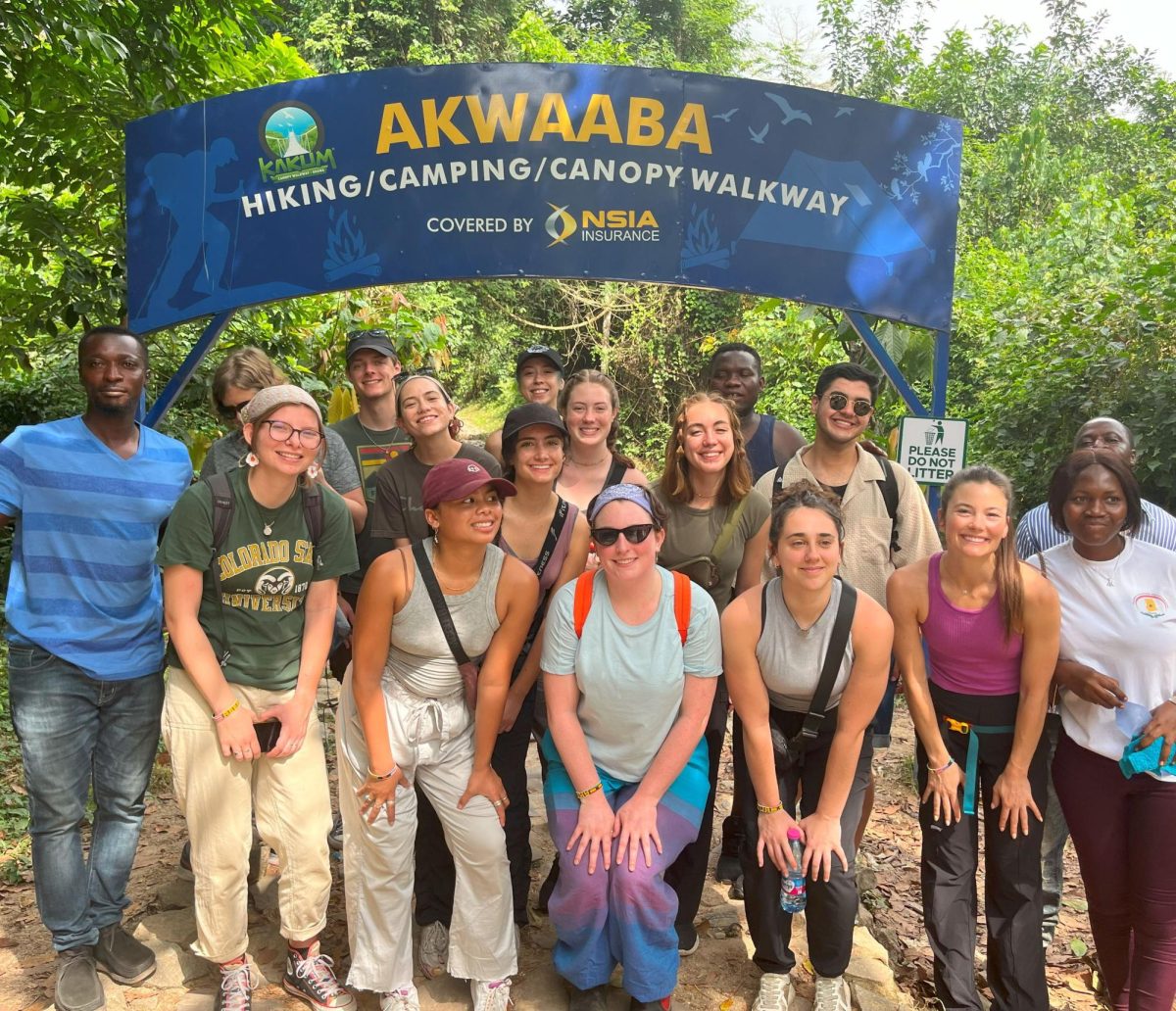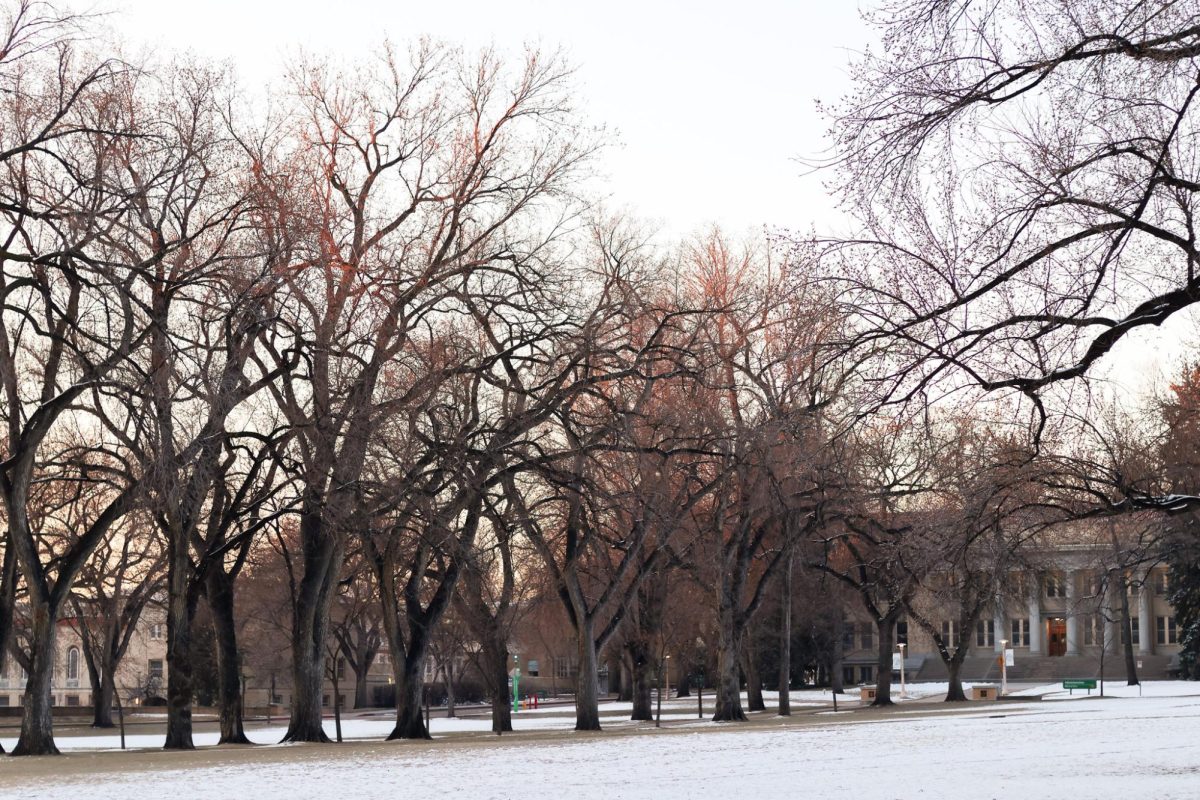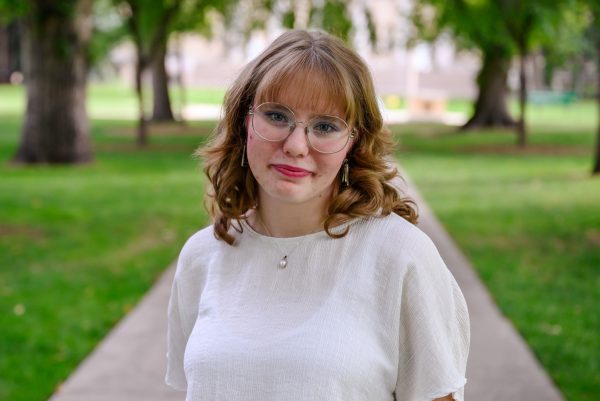With Colorado State University’s annual Founders Day comes time to reflect on the university’s history and impact. CSU turned 154 on Feb. 11 thanks to the Morrill Act.
Abraham Lincoln signed the Morrill Act July 2, 1862, allowing federal land grants to fund public education. CSU was established in 1870 through this act.
All land-grant institution history includes not just those who attend the university but also those who came before, meaning Indigenous peoples in Colorado and the rest of the United States.
CSU archivist Linda Meyer discussed the history of the university as a land-grant institution.
“Before the Morrill Act, we had universities in America, but they were usually private universities, and they were usually only available (and) accessible to the upper classes,” Meyer said. “So the Morrill Act was aimed at bringing higher education to everybody.”
Land grants weren’t exactly the land the university was built on. Rather, they provided funding for the school.
“The land that our university is located on was actually donated by some residents of Fort Collins who were interested in having a university built here,” Meyer said. “The land that was given by the federal government was what provided funding for the university (to be built).”
CSU’s first building is known as the Claim Shanty and was located on the southwest corner of what is now South College Avenue and Laurel Street. An archeological dig was conducted in 2020 to discover the origins of the building.
“It was just a little brick building that was put up in 1874 to show the Colorado territorial legislature, ‘Yes, we’re definitely going to build this college here,’” Meyer said.
Materials from the Claim Shanty were used to build the Potting Shed, which still exists today.
Many land-grant colleges were originally focused on agriculture, just like CSU was, but most have evolved to be all-encompassing regarding education.
“There was a lot of discussion about, ‘Well, do we want our land-grant colleges to be just focused on practical education? Or do we want to educate people in the classics, you know, English literature and history and this kind of thing, too?’” Meyer said.
“Founders Day exists in this dichotomy of celebration and acknowledgment that CSU would not exist if not for the conquest of Native peoples across North America,” -Derek Everett, history senior instructor
CSU was founded at a time in history when Colorado wasn’t even a state yet.
“(Fort Collins) petitioned the territorial legislature to be the location of Colorado’s land-grant because you get, generally, one per state,” Meyer said. “The territorial legislature granted the petition in 1870, so that’s why we use 1870 as our anniversary date even though CSU didn’t actually get any money to build the university until later on.”
CSU history department Senior Instructor Derek Everett reflected on CSU’s history.
“There’s a complicated legacy for CSU and for other land-grant schools when it comes to celebrating our birthdays (and) celebrating big events because it is connected to a law that, for many people, is a trauma of history,” Everett said.
What it truly means to be land-grant school can be easily lost in discussions. Some students may not even know what “land-grant institution” means, let alone the concept’s consequences.
“The whole idea was providing people with skills that could allow them to support themselves better, that they could develop their communities economically and make sure that they could feed their families and develop the resources in their neighborhood that could allow everyone to live a healthier, better life,” Everett said.
CSU’s Principles of Community come to mind when understanding the goal and purpose of land-grant institutions, leading to reflection on traditional benchmarks for success in the U.S.
“This is very much an Eastern-U.S., white vision of what makes a good life, a prosperous life and how that should be structured,” Everett said. “There’s always a caveat to who gets to decide what the proper use of land or what the best lifestyle would be.”
The Morrill Act was supposed to provide education for everyone, but that isn’t always the case.
“Ultimately, every single state has benefitted from (the Morrill Act), has received land claimed by the federal government in the West to sell (and) to use for this practical higher education,” Everett said. “And it took more than a century for the Morrill Act to be amended to use for Native communities as well.”
CSU’s founding can be celebrated in many ways, such as the Founders Day Medal, which recognizes lasting contributions to the university and is a top university honor was first awarded in 2010. However, celebrations like this cannot be recognized without knowing their history and impact.
“Founders Day exists in this dichotomy of celebration and acknowledgment that CSU would not exist if not for the conquest of Native peoples across North America,” Everett said.
The impact on current Native communities and what can be done to recognize negative events in history can be looked over in the land-grant conversation.
“It’s only been within the past five years that we’ve been using the land acknowledgment and recognizing that this institution we love has a rather traumatic foundation,” Everett said.
Moving forward with this history and legacy can be difficult but not impossible.
“There’s nothing anybody today can do about how the Morrill Act came to be and the trauma that underlies the Morrill Act, but it gives us a responsibility to make sure that from here forward, we keep our focus on the idea of enriching life for people in Colorado,” Everett said.
More Founders Day historic photographs can be found in the CSU Archives & Special Collections.
Reach Aubree Miller at life@collegian.com or on Twitter @CSUCollegian.


